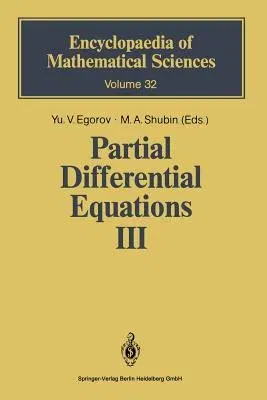Partial Differential Equations III: The Cauchy Problem. Qualitative Theory of Partial Differential Equations (Softcover Reprint of the Original 1st 19Paperback - Softcover Reprint of the Original 1st 1991, 13 October 2012

Qty
1
Turbo
Ships in 2 - 3 days
In Stock
Free Delivery
Cash on Delivery
15 Days
Free Returns
Secure Checkout
Part of Series
Encyclopaedia of Mathematical Sciences
Print Length
197 pages
Language
English
Publisher
Springer
Date Published
13 Oct 2012
ISBN-10
3642634907
ISBN-13
9783642634901
Description
Product Details
Book Edition:
Softcover Reprint of the Original 1st 1991
Book Format:
Paperback
Country of Origin:
NL
Date Published:
13 October 2012
Dimensions:
23.39 x
15.6 x
1.14 cm
ISBN-10:
3642634907
ISBN-13:
9783642634901
Language:
English
Location:
Berlin, Heidelberg
Pages:
197
Publisher:
Weight:
303.91 gm

